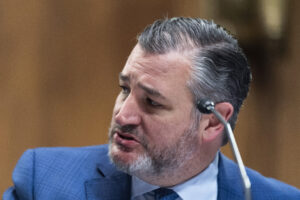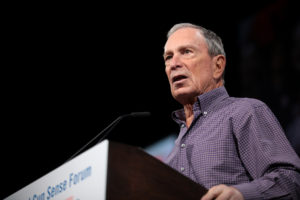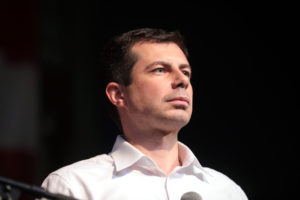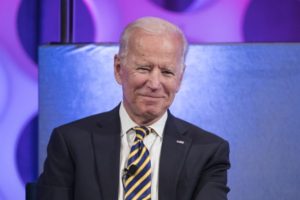A Blueprint for a Party That Is Truly for the Working Class
Such a party, writes Seth Ackerman at Jacobin magazine, "must be independent—determining its own platform and educating around it. It should actually contest elections. And its candidates for public office should be members of the party, accountable to the membership, and pledged to respect the platform.”
Seth Ackerman, a Cornell University doctoral candidate in history, and Jacobin magazine offer a blueprint for a new partylike political organization capable of uniting, protecting and serving Americans on a progressive platform.
Ackerman’s proposal pairs well with political strategist Micah White’s concept that activists should focus their efforts on winning elections and flood America’s rural areas and seize office there.
“A true working-class party must be democratic and member-controlled,” Ackerman writes. “It must be independent — determining its own platform and educating around it. It should actually contest elections. And its candidates for public office should be members of the party, accountable to the membership, and pledged to respect the platform.
“Each of those features plays a crucial role in mobilizing working people to change society. The platform presents a concrete image of what a better society could look like. The candidates, by visibly contesting elections and winning votes under the banner of the platform, generate a sense of hope and momentum that this better society might be attainable in practice. And because the members control the party, working people can have confidence that the party is genuinely acting on their behalf.”
After reviewing the history that led to the present domination of American politics by two major corporate parties, Ackerman offers the following model for the party he proposes:
As a nationwide organization, it would have a national educational apparatus, recognized leaders and spokespeople at the national level, and its candidates and other activities would come under a single, nationally recognized label. And, of course, all candidates would be required to adhere to the national platform.
How would the organization get around ballot laws that are periodically rewritten by the major parties to make it virtually impossible for a third-party candidate to get on the ballot?
The organization would base its legal right to exist not on the repressive ballot laws, but on the fundamental rights of freedom of association. … restrictions [on fundraising] would be waived if, like the DNC or RNC, the group registered as a “party committee.” …
Today, a national political organization could adopt the “Carey” model of campaign finance, validated in 2011 by the Carey v. FEC federal court decision. In this model, the national organization would incorporate as a 501(c)4 social welfare organization, permitting it to endorse candidates and engage in explicit campaigning, while accepting unlimited donations and spending unlimited amounts on political education. (It would also, of course, be free to adopt rigorous self-imposed disclosure rules, as it should.)
In addition, it would be allowed to establish a PAC that maintains two separate accounts: one permitted to donate to, and directly coordinate with, individual candidates (though subject to FECA contribution limits and allowed to actively solicit contributions only from the organization’s own members); and the other allowed to accept unlimited contributions and make unlimited independent expenditures on behalf of its candidates (though not donations to candidates themselves). A separate online “conduit” PAC, on the ActBlue model, could aggregate small-donor hard-money fundraising on a mass scale to finance the individual campaigns.
With a viable fundraising model patterned along these lines, all of the organization’s candidates nationwide, up and down the ballot, would be able to benefit from its name recognition and educational activities. It could sponsor speakers, hold debates, establish a network of campus affiliates, and designate spokespeople who would be recognized as its public voices. In the media and on the internet, voters would be continually exposed to its perspective on the events of the day and its proposals for the future.
To put the electoral possibilities of this approach into perspective, consider a few numbers. In 2014, there were 1,056 open-seat state-legislative races (races where no incumbent was running). The median winner spent only $51,000, for the primary and general elections combined. Two-thirds of the races cost less than $100,000. And in 36 percent of all state-legislative races that year — almost 2,500 seats — the winner had run unopposed.
“I think this model can work,” Ackerman continues. “But like any blueprint, it’s not a panacea. Simply filing the paperwork to create such an organization is not going to magically conjure a large and successful movement into existence. To make it work, it needs to be a real vehicle and voice for working-class interests. And that means a significant part of the labor movement would have to be at its core.”
—Posted by Alexander Reed Kelly
Independent journalism is under threat and overshadowed by heavily funded mainstream media.
You can help level the playing field. Become a member.
Your tax-deductible contribution keeps us digging beneath the headlines to give you thought-provoking, investigative reporting and analysis that unearths what's really happening- without compromise.
Give today to support our courageous, independent journalists.






You need to be a supporter to comment.
There are currently no responses to this article.
Be the first to respond.